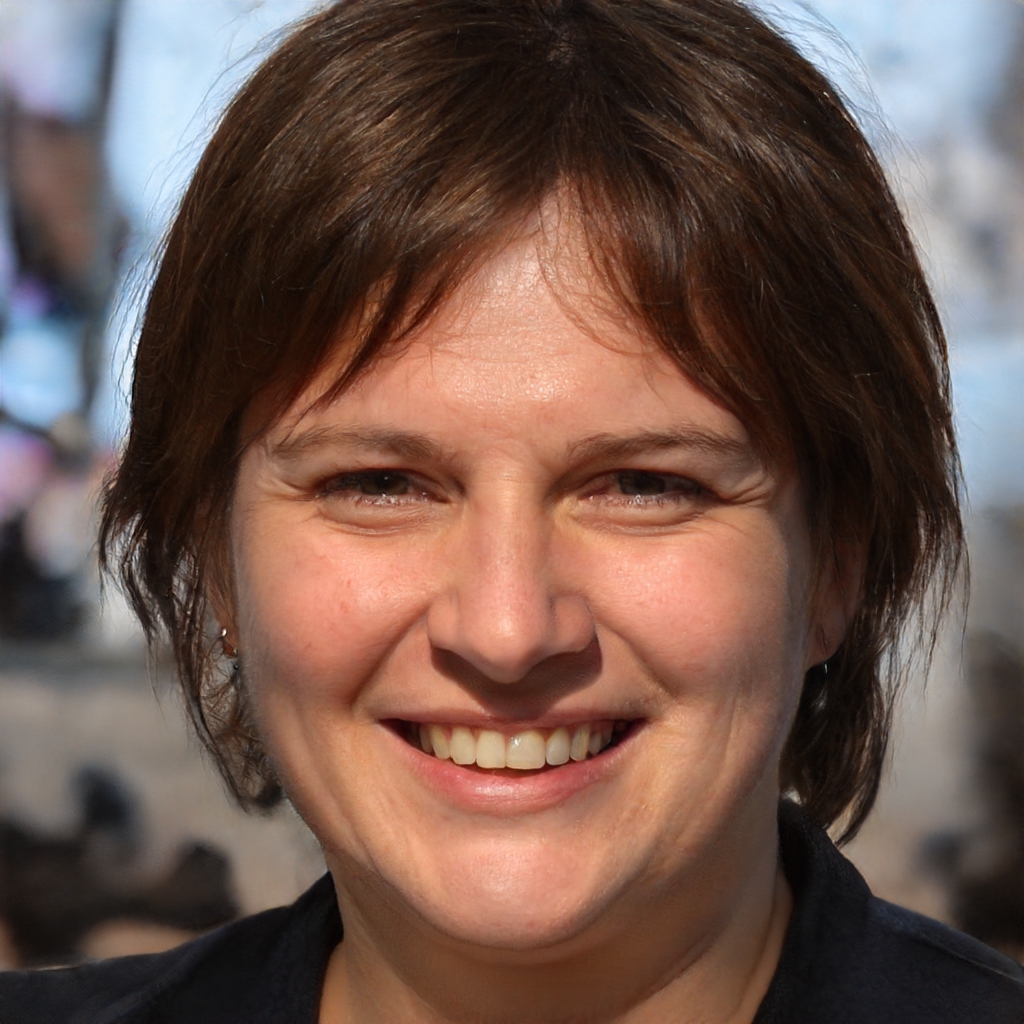Regenerative medicine is a field of science that aims to replace the human and animal cells that make up tissues and organs with new ones. This area of research is promising because it can help people with many conditions. Tissue engineering and cell therapy are two of the most common methods for regenerative medicine.
Cell therapy
Regenerative medicine is a field of medicine that employs advanced stem cells and biomaterials to replace or repair damaged tissues. This type of medicine moves away from treating symptoms to treat the root cause of the disease. Small molecules and cellular therapies are being developed for a variety of indications, including cancer and systemic inflammatory diseases.
FDA is one of the regulatory agencies that must create standards for cell therapy. These regulations are intended to promote safe cell collection, manufacturing, and use. These standards are set forth in 21 CFR Parts 1200 and 1270. The Center for Biologics Evaluation and Research doesn’t regulate transplantation of human organs. Cell therapies, HCT/Ps included, must follow strict regulations to avoid the transmission or disease.
Tissue engineering
Tissue engineering combines several aspects of biology, medicine, and engineering to build systems that stimulate the growth of new cells or tissues. These systems are made with a variety of biofabrication strategies, including hydrogels, bioprinted scaffolds, and nanotechnology. These systems can be made with stem cells and other components like biopolymers.
Tissue engineering can be used to treat different types of tissue such as bone, cartilage and skin. It can also be applied to organs. This involves the creation of new tissues from donor cells and their subsequent implant into the body. These tissues can be used to replace organs that have been damaged, such as the liver or pancreas.
Autologous cord-blood stem cells
Although prospects for using autologous stem cells from cord blood to regenerative medicine are dim, this type has a long track record of therapeutic use. These stem cells can be obtained from healthy donors. They are kept in private banks for at most ten years.
Preclinical studies have shown that autologous cord blood stem cell transplants can be used as an alternative to bone-marrow in hematopoietic reconstitution following ablation. Although there are many side effects and risks associated with cord blood use, the unique immunological properties of cord blood could offer therapeutic benefits.
PRP
The use of platelet-rich plasma (PRP) for regenerative medicine has been proven to have numerous beneficial effects in the treatment of clinical conditions, with minimal side effects. Although PRP therapy has many limitations, it is still in its infancy. The lack of clinical trials that are controlled and well-designed, as well as a consensus regarding PRP preparation techniques, are the main obstacles. PRP-based treatments have been shown to be effective in many clinical settings. Future research should be focused on the molecular mechanisms of tissue regeneration and the optimal concentration for PRP to not trigger an immune response.
PRP charlotte nc is rich in growth factors and platelets. These are small components of blood that play an important role in wound healing. Platelet-rich plasma is injected into an injury site to feed the cells and speed up the healing process. This therapy is becoming more popular in many areas of regenerative medicine like orthopedics and sports medicine.
Embryonic stem cells
Embryonic stem cell are specialized cells obtained from embryos that have been fertilized in vitro in a laboratory. They are three to five days old. They can be used in many areas of regenerative medicine. These stem cells are useful for everything from the testing of new drugs to the repair and maintenance of damaged tissue. Embryonic stem cell can be used to create virtually any type or cell in the body.
Researchers have found that stem cells taken from the umbilical cord blood and amniotic liquid can be used to repair damaged tissue as a possible treatment for heart disease. Amniotic fluid is the fluid that surrounds and protects the developing fetus within the uterus. Scientists also collect amniotic fluid for research and testing. This is amniocentesis.
Small-molecule activators
Regenerative medicine therapies that use small-molecule activators have the potential to be used as a therapeutic tool. They can promote cell reprogramming, which induces cellular plasticity. Protein-based therapies are currently used to restore bone and other tissues. However, these treatments are not without their limitations. Protein-based therapeutics are susceptible to contamination and immunogenicity. They also have high supraphysiological doses. Alternative biofactors are therefore needed. Inducers that are small in size and more stable than proteins growth factors can be used at lower doses.
Small-molecule activators have the potential to be used as drug candidates for heart regeneration. Inability to regenerate the heart is a major cause for morbidity. Myocardial infarction, also known as a heart attack, is the death of millions of cardiomyocytes within a matter of seconds. In addition, infarction repair mechanisms are ineffective in the regeneration of these damaged cells. But, small molecules can stimulate progenitor cells in the heart to multiply and migrate.
Treatments for failing organs
Charlotte Regenerative medicine refers to the use of stem cells as well as other technologies to heal damaged organs and tissues. This field is still young, but experts from various fields are already coming together to explore all the possibilities. This field’s goal is to make patients healthier by replacing their damaged organs.
Transplantation, dialysis, ventricular pumps, and transplant are all traditional therapies for failing organs. Lifestyle modifications and medical devices can also be used as treatments. Transplantation can be difficult and slow. Regenerative medicine has made it possible to develop artificial organs and medical devices that can support organ functions while they wait for donors. Patients with circulatory problems during complex transplants can be helped by ventricular assistive devices.


